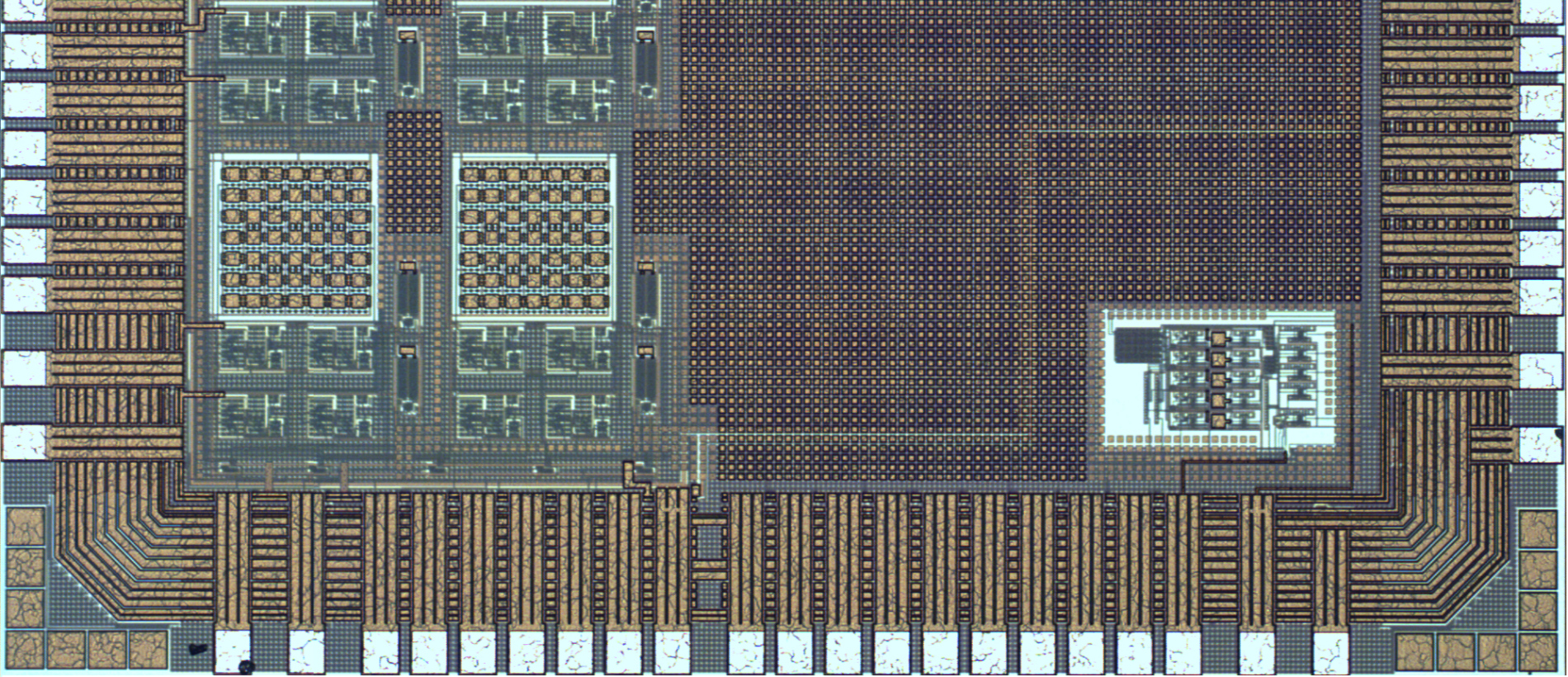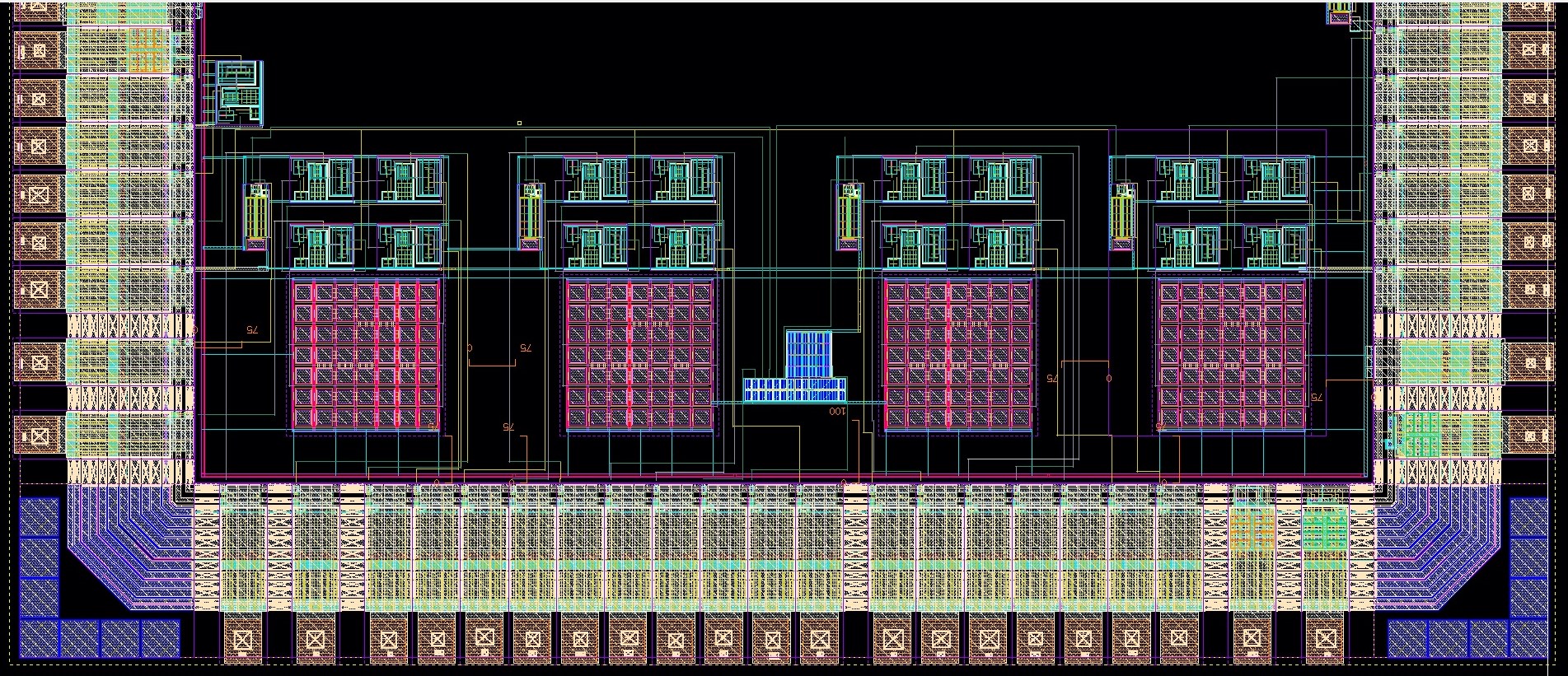NASA JPL Cold Electronics
Operating devices on a spacecraft without the power and weight overhead of a warm box offers greater variability in mission objectives but it is an open question how reliably commercial components perform in extreme temperature environments from room to liquid nitrogen. The main issue is that commercial devices have no guarantees of functionality or performance when operated outside their stated design ranges.

 Research
Research
 About Us
About Us
 Contact
Contact